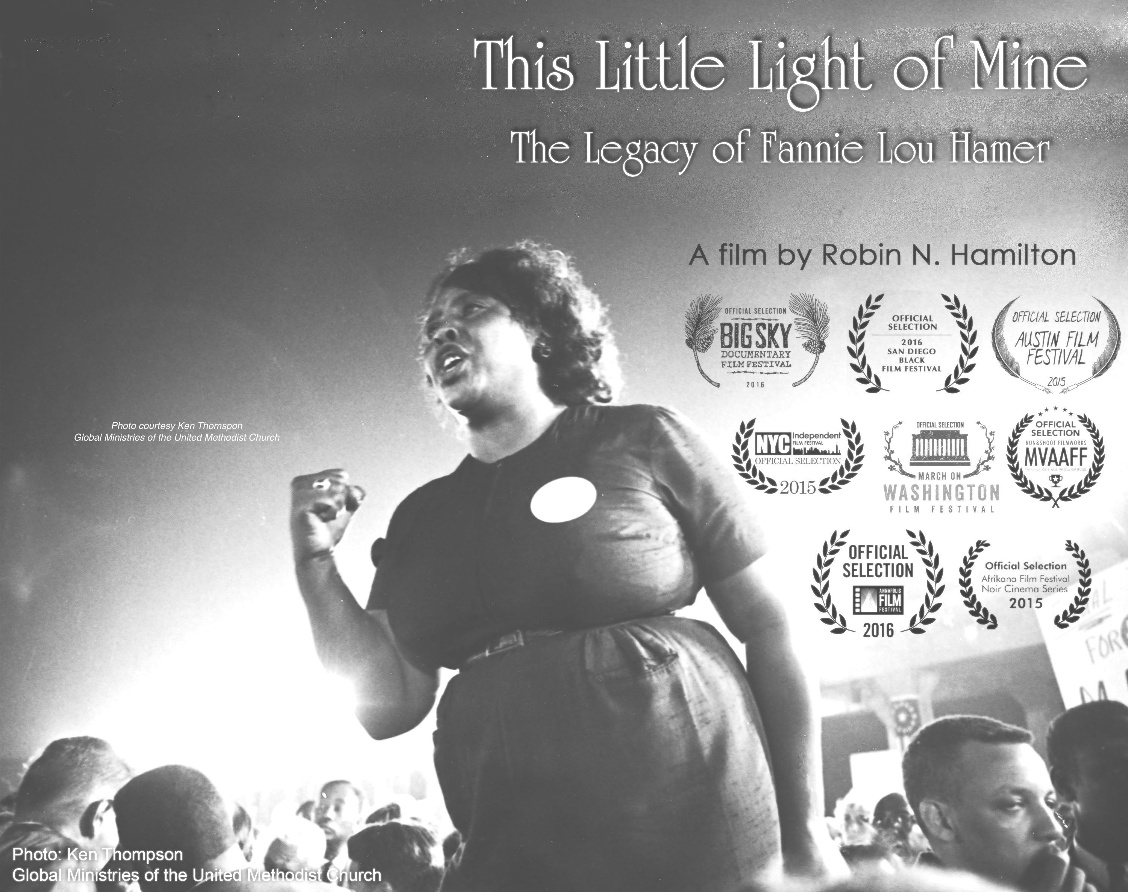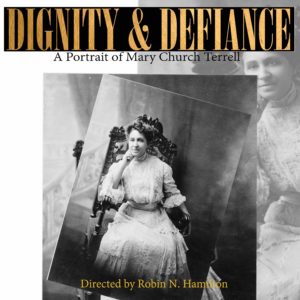Greensboro Sit-In
“Let’s all sit together, as human beings should.” Greensboro citizens The Greensboro Sit-ins were a series of nonviolent protests against racial segregation, beginning on February 1, 1960 in a lunch counter in Greensboro, North Carolina. It was organized by SNCC, which had a large presence in the south. SNNC SNCC is an abbreviation for the “Student Nonviolent Coordinating Committee,” which was created in April 1960 in Raleigh, North Carolina. It was a driving force in the civil rights struggle. In 1961 and 1963, it planned the Freedom Rides and was instrumental in the March on Washington. It collaborated with the



